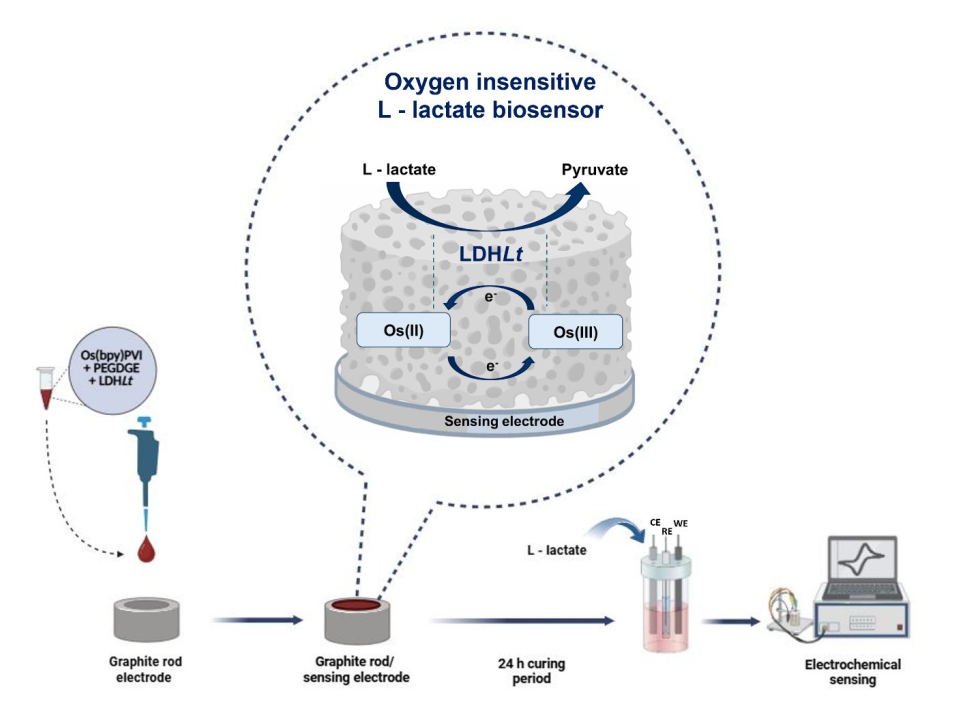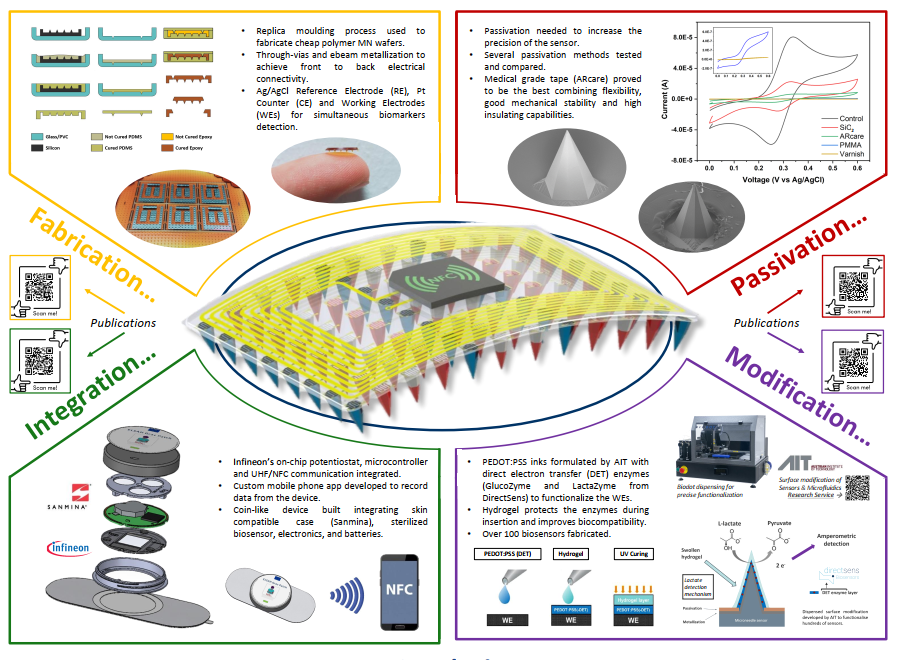What Are Enzyme Solutions?
The Problem with Additives
Now, here’s where things get tricky. Many enzyme solutions come with additives—extra ingredients mixed in to help stabilize the enzymes or enhance their performance. These additives might sound like a good idea, but they can be a bit like throwing extra ingredients into a recipe and hoping for the best. Sometimes, those additives don’t play nicely with the other components in a diagnostic test. They can interfere with the enzyme’s work, leading to inaccurate results. Imagine trying to make a cake, but someone keeps sneaking in random spices—you might end up with something that looks right but tastes all wrong. That’s why additive-free enzyme solutions are gaining traction—they offer a purer alternative that cuts out the noise, letting the enzymes do their job without interference.
Benefits of Additive-Free Enzyme Solutions
So, what makes additive-free enzyme solutions such a game-changer? Let’s break down the key benefits:
1. Improved Accuracy
When it comes to diagnostics, accuracy is everything. A small mistake can lead to a misdiagnosis, delayed treatment, or unnecessary anxiety. Additive-free enzyme solutions shine here because they eliminate the risk of additives throwing off the test results. Without those extra ingredients getting in the way, the enzyme can work more precisely, leading to more reliable outcomes. This improved accuracy is especially crucial in medical diagnostics, where even a tiny error can have big consequences. Whether you’re diagnosing a common condition like diabetes or a rare genetic disorder, the stakes are high, and accuracy matters. Learn more about how accurate testing influences clinical outcomes in our detailed article.
2. Enhanced Sensitivity
Additive-free enzyme solutions don’t just offer better accuracy—they also bring enhanced sensitivity to the table. Sensitivity in diagnostic tests refers to the ability to detect even the smallest amounts of a substance. This is particularly important in early disease detection, where catching something at its earliest stages can make a huge difference in treatment outcomes. For instance, in cancer diagnostics, detecting minute levels of biomarkers can be the difference between early intervention and a much tougher battle down the road. Additive-free enzymes, unencumbered by stabilizers or enhancers, often have heightened sensitivity, making them ideal for these critical applications.
3. Greater Consistency
Consistency is another big plus when using additive-free enzyme solutions. Imagine you’re baking bread, and every loaf turns out differently because you keep tweaking the recipe—that’s what can happen with enzyme solutions that contain additives. Those additives can cause variations in how the enzymes perform, leading to inconsistent test results. Additive-free solutions, however, are like following a tried-and-true recipe every time. This means that test results are more consistent, whether you’re running the same test multiple times or comparing results across different laboratories. Consistency is key in monitoring chronic conditions, conducting research, and ensuring that patient care is both reliable and repeatable.
4. Reduced Risk of Allergic Reactions
Here’s a benefit that often flies under the radar: patient safety. Some additives used in enzyme solutions can trigger allergic reactions in sensitive individuals. This is particularly concerning in environments where patient safety is the top priority—like hospitals, clinics, and labs. By eliminating these potentially harmful additives, additive-free enzyme solutions reduce the risk of adverse reactions, making the diagnostic process safer for everyone involved. It’s a win-win for healthcare providers and patients alike, ensuring that tests not only deliver accurate results but also prioritize patient well-being.
5. Environmentally Friendly
In an age where sustainability is more important than ever, additive-free enzyme solutions offer a greener alternative. Many additives are synthetic chemicals that can be harmful to the environment, contributing to pollution and waste. By opting for additive-free solutions, the medical field can reduce its environmental footprint, supporting more sustainable practices. This is especially relevant in large-scale diagnostic settings where thousands of tests are conducted daily, and the cumulative impact of using environmentally friendly products can be significant.
Applications in Diagnostics
Clinical Chemistry
In clinical chemistry, enzyme solutions are used to measure everything from glucose levels to cholesterol in the blood. These tests are routine but crucial, providing essential information that guides treatment for millions of patients every day. Additive-free solutions in this area lead to more reliable results, ensuring that healthcare providers can make informed decisions based on accurate data. Whether it’s monitoring a patient’s progress or catching a potential issue early, the improved accuracy and consistency of additive-free enzymes are invaluable.
Molecular Diagnostics
Molecular diagnostics is a field where precision is paramount. Here, enzymes are used to amplify DNA and RNA samples for analysis, a process that needs to be as accurate as possible. Additive-free enzyme solutions ensure that this amplification process isn’t skewed by unwanted chemical interference, leading to better diagnostic outcomes. This is critical in everything from genetic testing to identifying infectious diseases, where the purity of the enzyme can directly impact the quality of the diagnosis.
Immunoassays
Immunoassays are tests that detect antibodies and antigens, helping to diagnose infections, autoimmune diseases, and even cancers. The sensitivity and specificity of these tests are enhanced by additive-free enzyme solutions, which ensure that the results are not compromised by extraneous substances. This means more accurate detection of diseases, quicker diagnoses, and, ultimately, better patient care.



